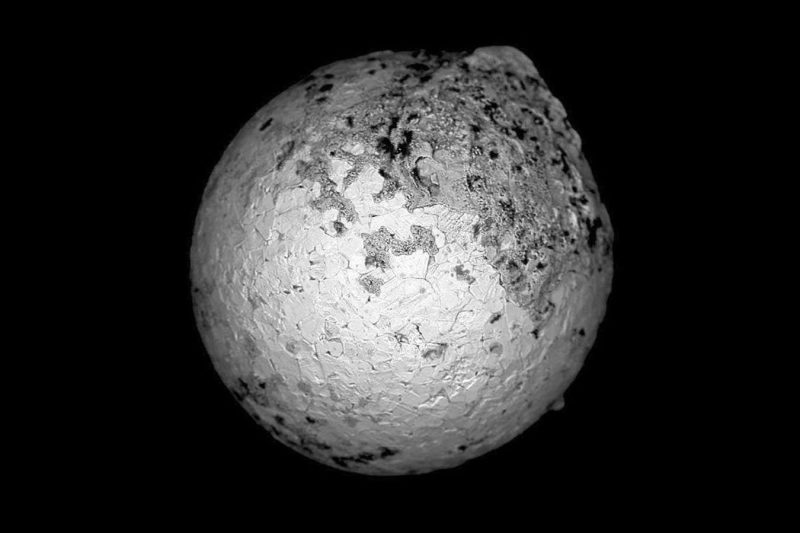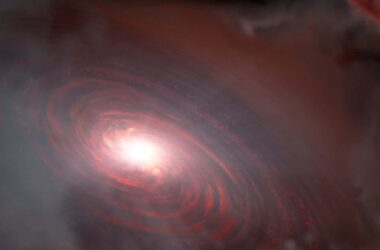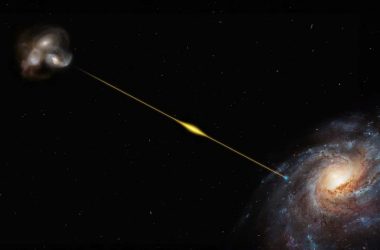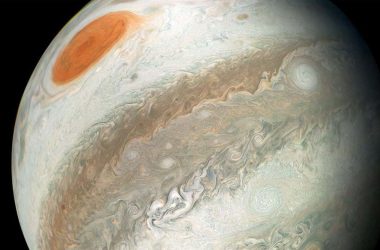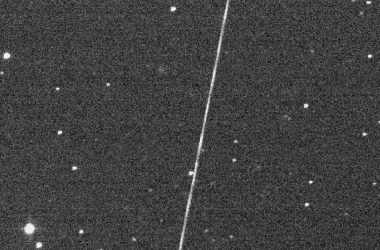Introduction
A team of scientists have found tiny metal spheres on the seafloor that may have originated from an interstellar meteor. These metal spheres have compositions that don’t match anything previously seen on Earth, leading to a controversial claim.
The Expedition
Earlier this year, Avi Loeb from Harvard University led a team on an expedition off the coast of Papua New Guinea. They were searching for remnants of an object called IM1, which fell to Earth in 2014 and was believed to be of interstellar origin. The team hoped to locate its remains on the ocean floor.
The Findings
During the expedition, the researchers discovered approximately 700 tiny iron-rich spherules. Out of the 57 spherules analyzed so far, five have compositions that appear to be unusual. These five orbs, named BeLaU spherules, have high concentrations of beryllium, lanthanum, and uranium, and low concentrations of elements typically found in meteors. The compositions of these spherules are inconsistent with origins on Earth, the moon, or Mars, according to Loeb.
Controversial Interpretations
Some researchers express skepticism about these findings. They argue that interstellar objects are expected to be leakage from Oort cloud equivalents around other stars, rather than differentiated objects like the spherules in question. Comparisons to other rocks and minerals on Earth and meteorites have also been questioned, as they only sample a fraction of materials in our solar system.
Natural Explanations
Others suggest that the spherules may have been sitting on the seafloor for thousands of years, collecting contamination from seawater. The presence of various natural materials on the ocean floor raises the possibility of alternative explanations.
Challenges and Future Plans
There are challenges in confirming the interstellar origin of these spherules, and more evidence is needed to convince the scientific community. However, Loeb and his team plan to analyze more materials and seek feedback from the community. Another expedition is being planned to search for larger pieces of IM1.




